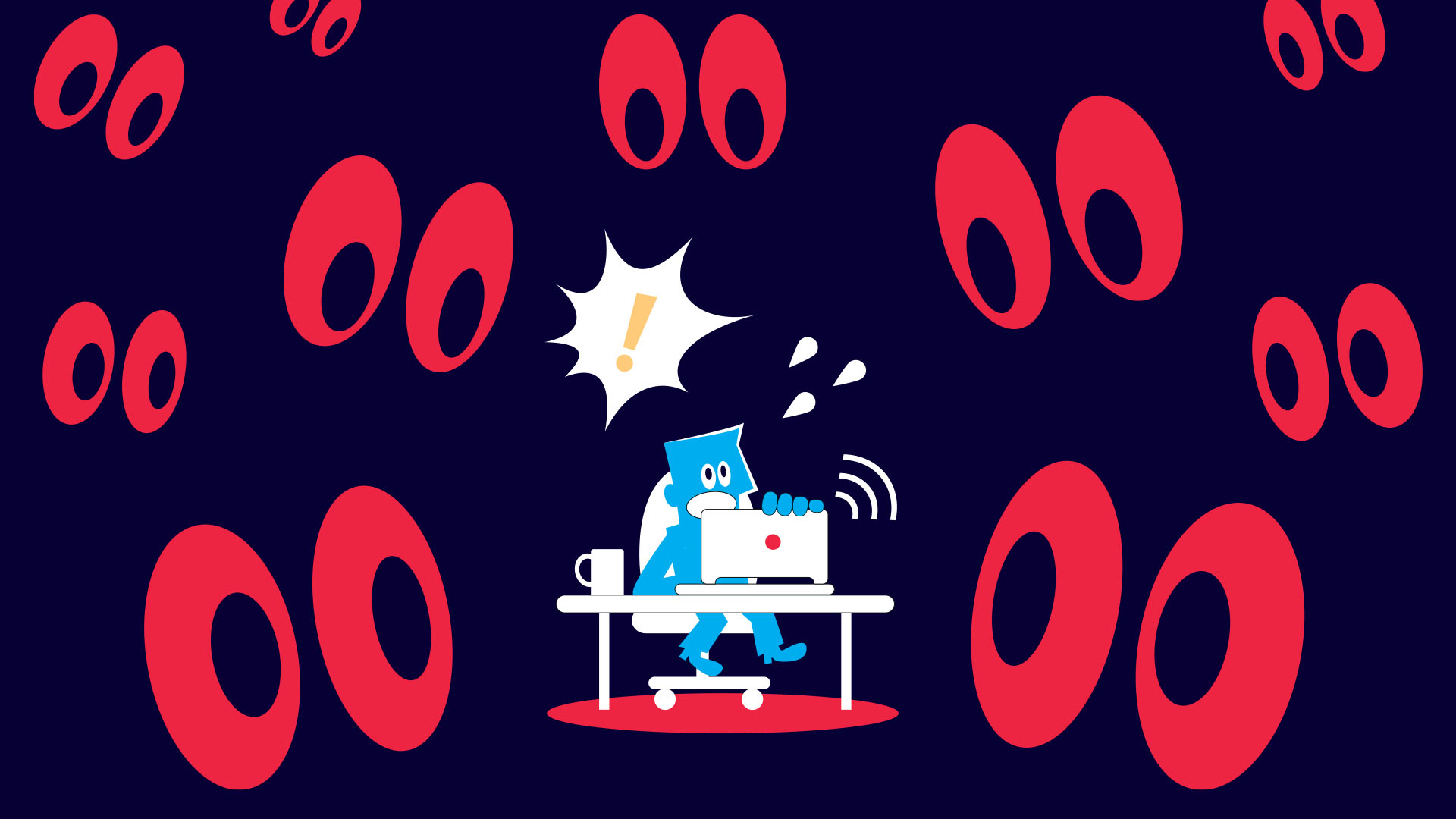Google Can’t Stop the Cookieless World of Digital Advertising

Google shook up the digital advertising world with the announcement that, after years of planning and promises, they would not sunset cookies in their Chrome browser. But even though cookies may be here to stay, that doesn’t mean advertisers could or should continue relying on them — especially when cookieless alternatives are on the market.
To understand more about Google’s announcement and why advertisers should evolve beyond the cookie, we sat down with SVP of Platform & Analytics Steven Ohrnstein.
Q: Can you share your initial thoughts on Google’s announcement that they are not deprecating cookies?
It’s not surprising and feels like much ado about nothing. Cookies have been obsolete for a long time. With the rise of Connected TV (CTV) and connected devices, like Alexa, neither of which use cookies, the relevance of the cookie has dwindled. Google’s Chrome browser is essentially the only place where cookies are still prominent.
Q: Why do you consider cookies an outdated technology?
As mentioned, cookies are effectively obsolete. However, many brands still rely on last-touch, cookie-based measurement, which doesn’t provide the full story of the contribution CTV and other channels made to a consumer’s pathway to converting. As noted, cookies don’t exist in CTV or in-app environments. And their presence in 2024 continues to decline — as of August, they’re only available on 33% of bid requests.
Q: Can you explain the opt-in model Google wants to implement and its similarities to Apple’s cookie-based opt-in model?
There’s a misconception that Safari has zero cookies. In fact, users can technically opt-in to using cookies on the browser. And, of course, minimal people do. If Google pursues this same model, which it sounds like they will do, these browser-level controls make users opt into cookie tracking. If the impact is anything like Safari, cookies will effectively be eliminated.
Q: How would the shift to an opt-in model affect Google’s own services and measurement?
Google’s measurement largely depends on cookies, especially for last-touch attribution. Historically, this approach favored their own platforms like YouTube and Google Search. Unsurprisingly, time and time again Search has the lower CPA, but more times than not CTV actually drives the most incremental lift. My hope is that through the cookie’s demise on Chrome, marketers will shift their strategy from lower-funnel, last-touch cookie bombing to more straight upper-funnel brand messaging and awareness on channels like CTV, especially given these channels are the true drivers of lower-funnel conversions.
Q: If marketers are still using cookies, why should they consider moving to a cookieless solution like Viant’s?
Using cookies provides misleading performance data, especially since cookies don’t work in environments like CTV or in-app. Marketers who rely on cookies are not capturing the entire picture, and this might influence their marketing budget negatively. Moving to a cookieless solution offers a more accurate measurement and performance tracking. Said simply: The longer it takes to adopt cookieless measurement solutions, the longer it will take to realize how cookie-based approaches deceived you.
Q: Are there any further thoughts you’d like to share?
Despite Google’s announcement that cookies are here to stay, the industry will continue to develop and innovate cookieless technology. To me, there’s no better time than now for agencies and advertisers to explore those solutions.
STAY IN THE LOOP WITH OUR NEWSLETTER
Sign up to get Viant news and announcements delivered straight to your inbox.
Sign up to get Viant news and announcements delivered straight to your inbox.
